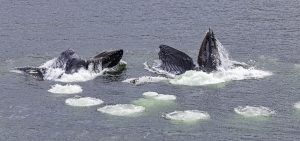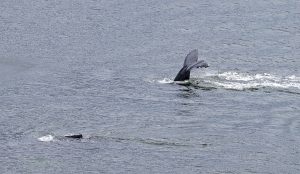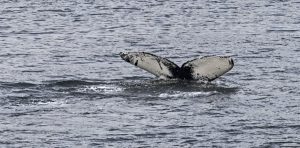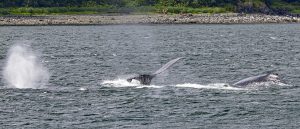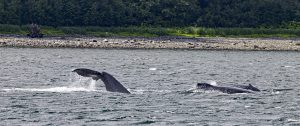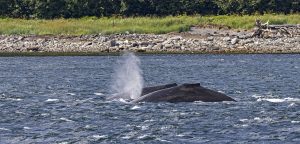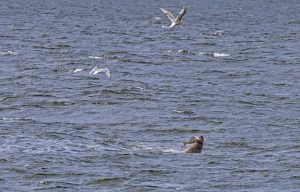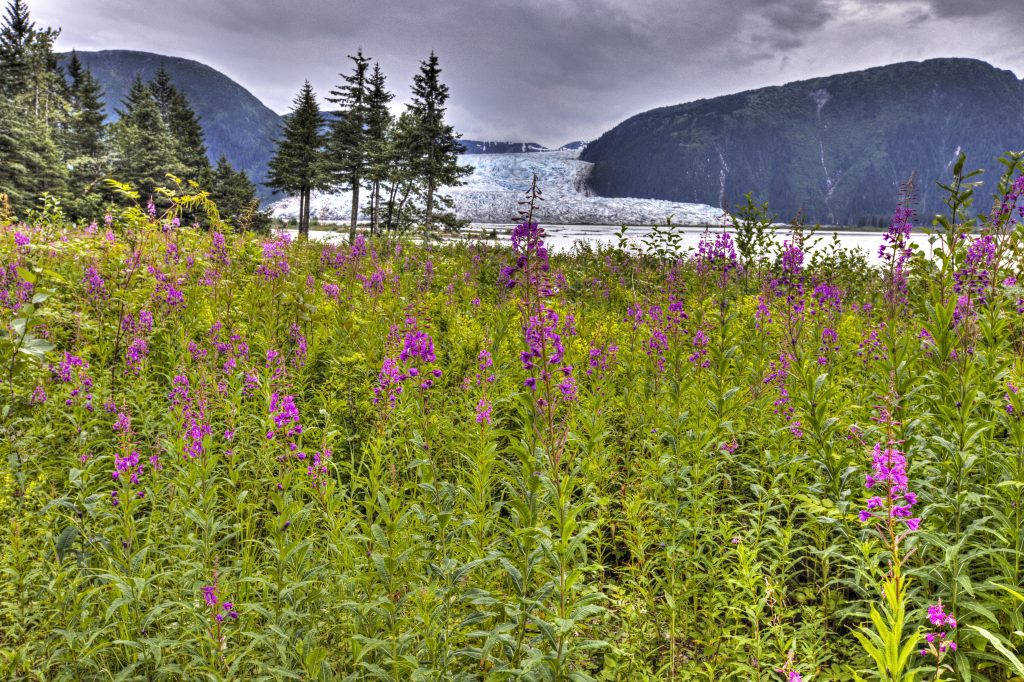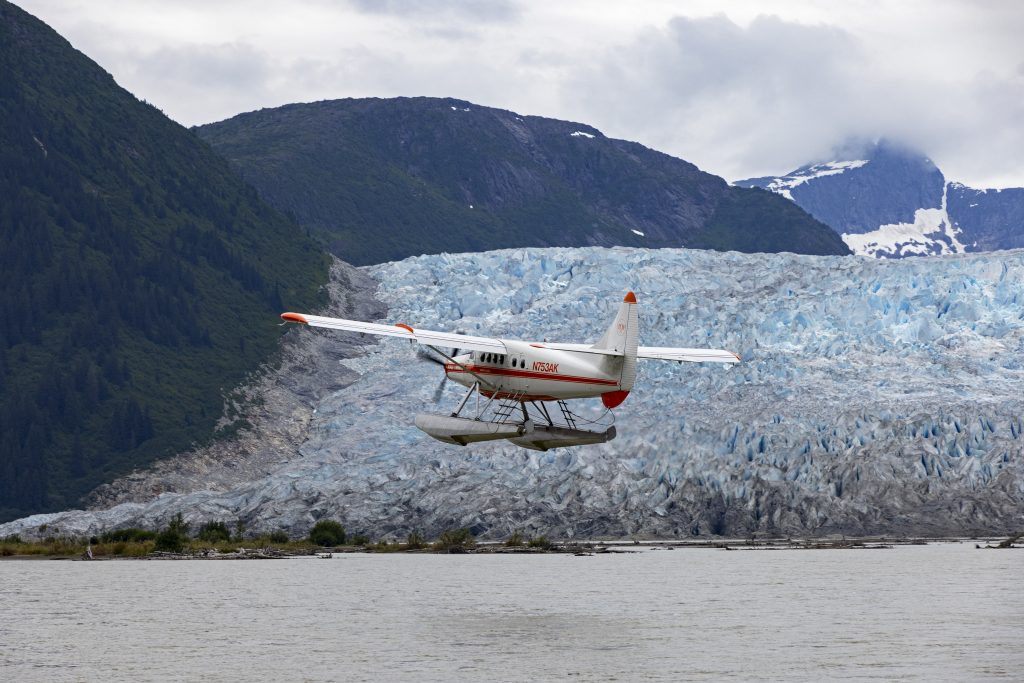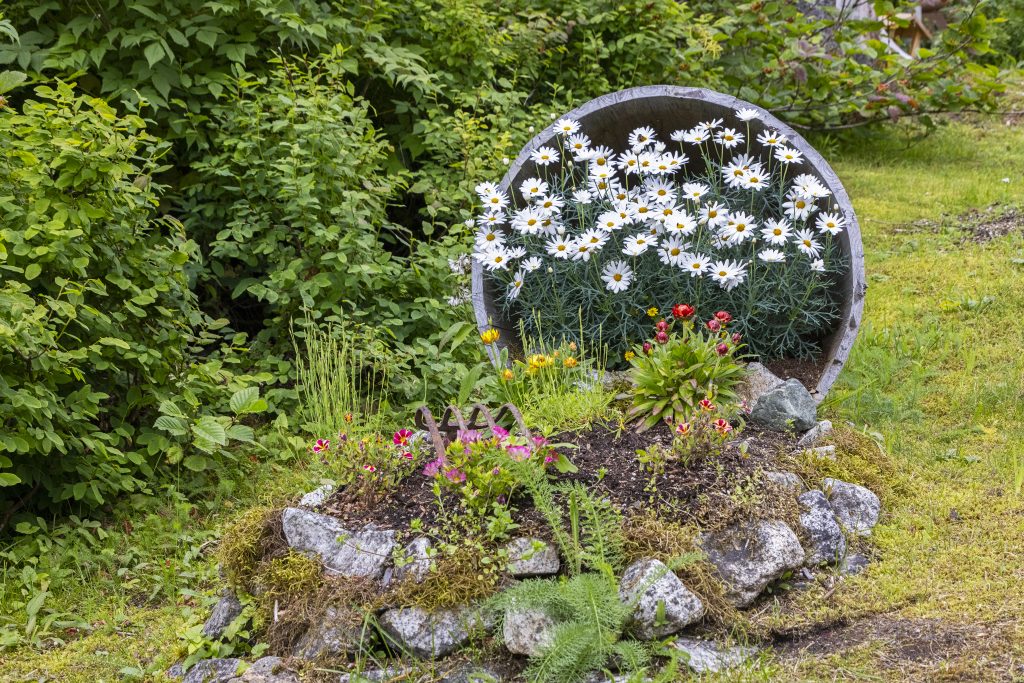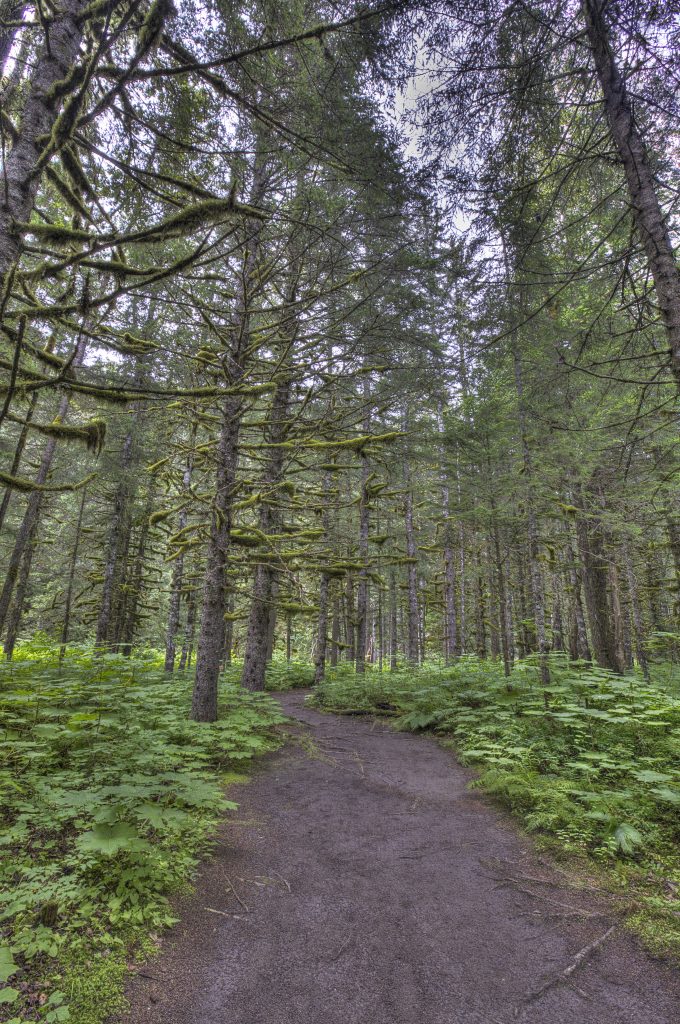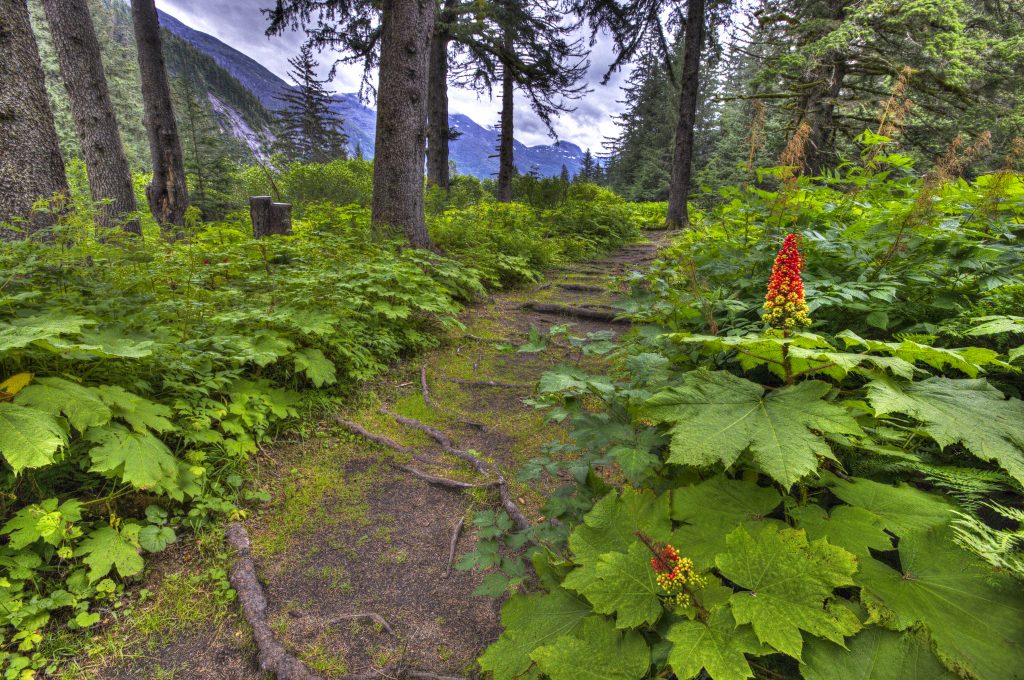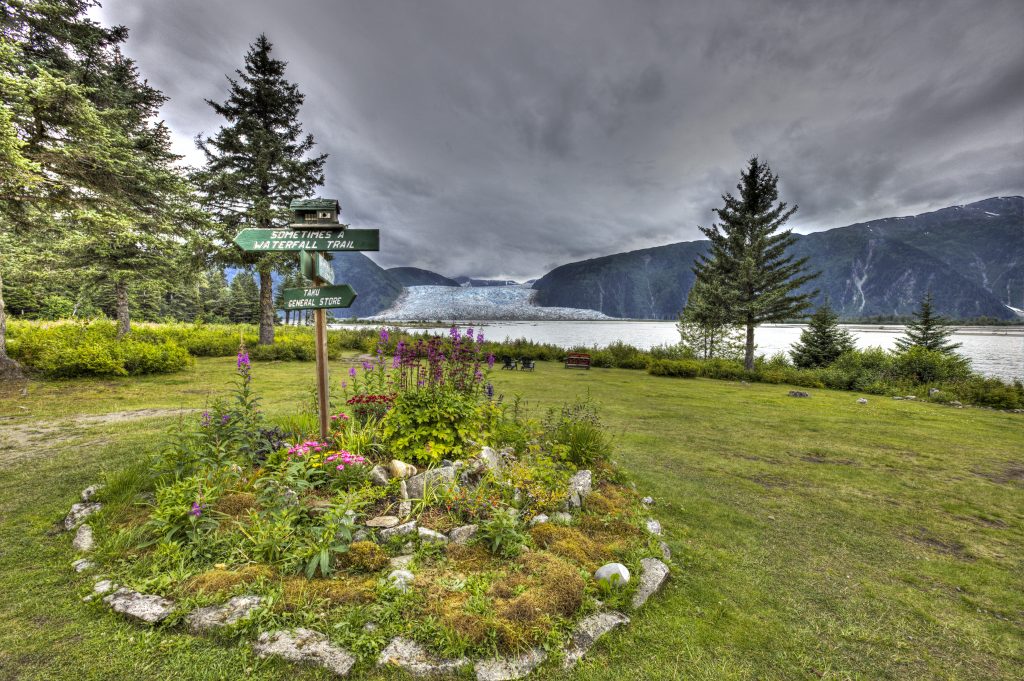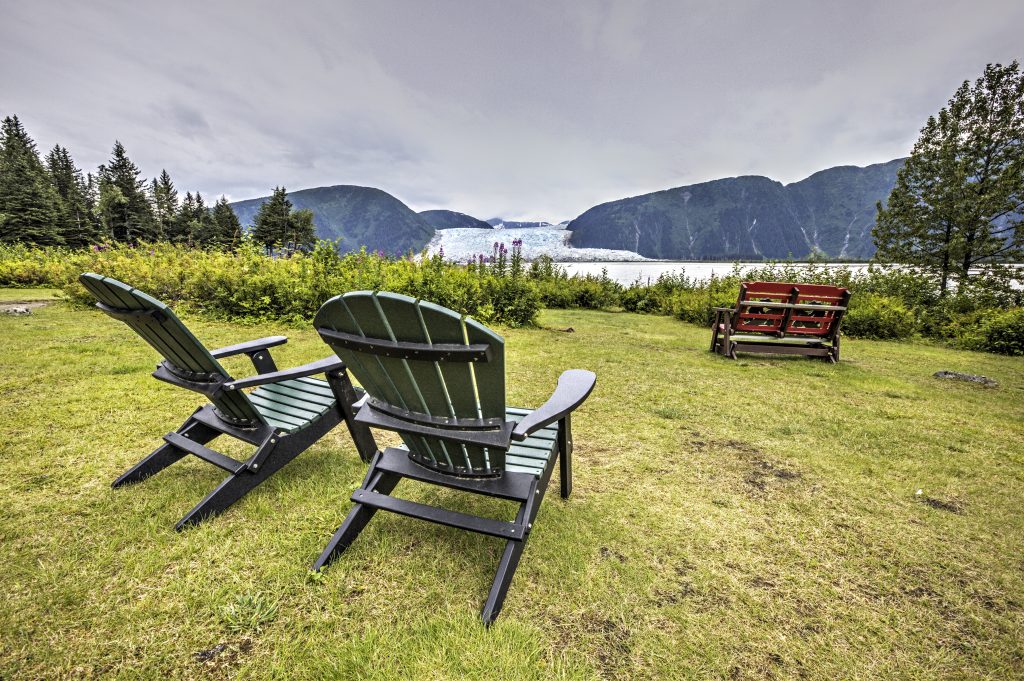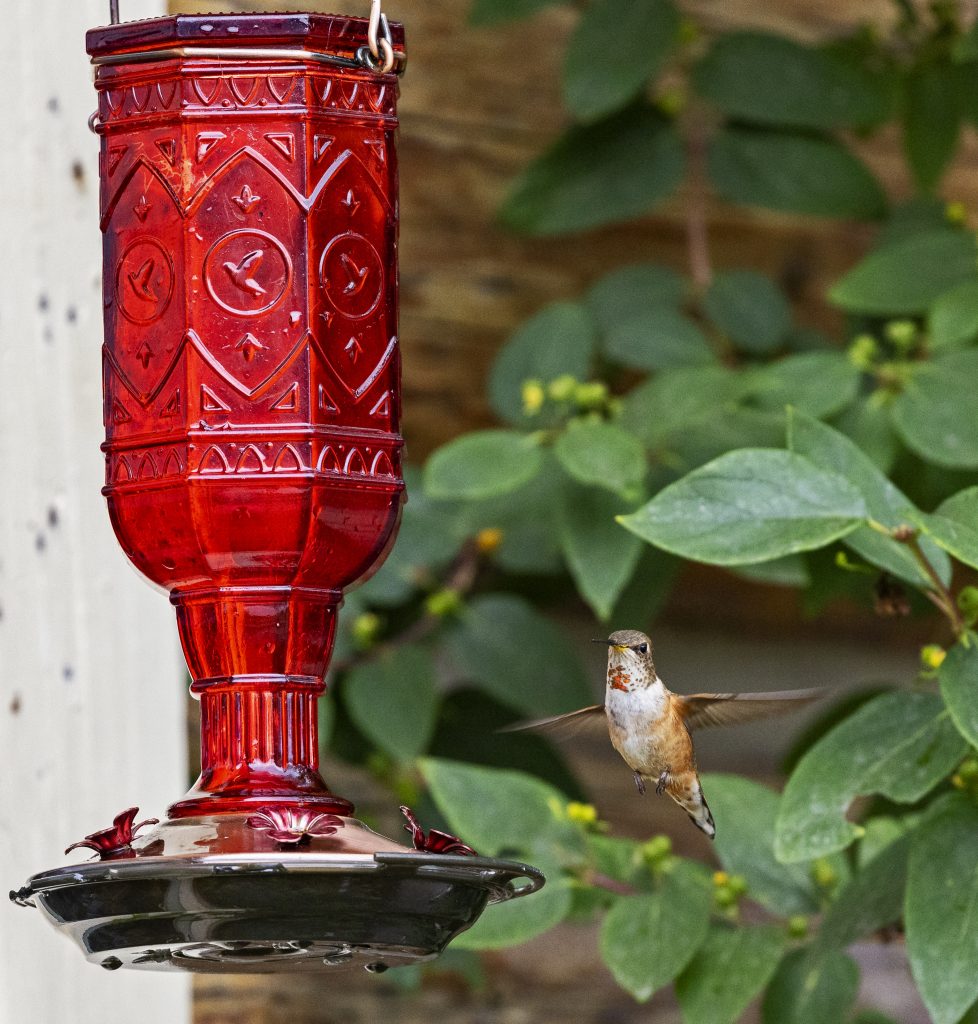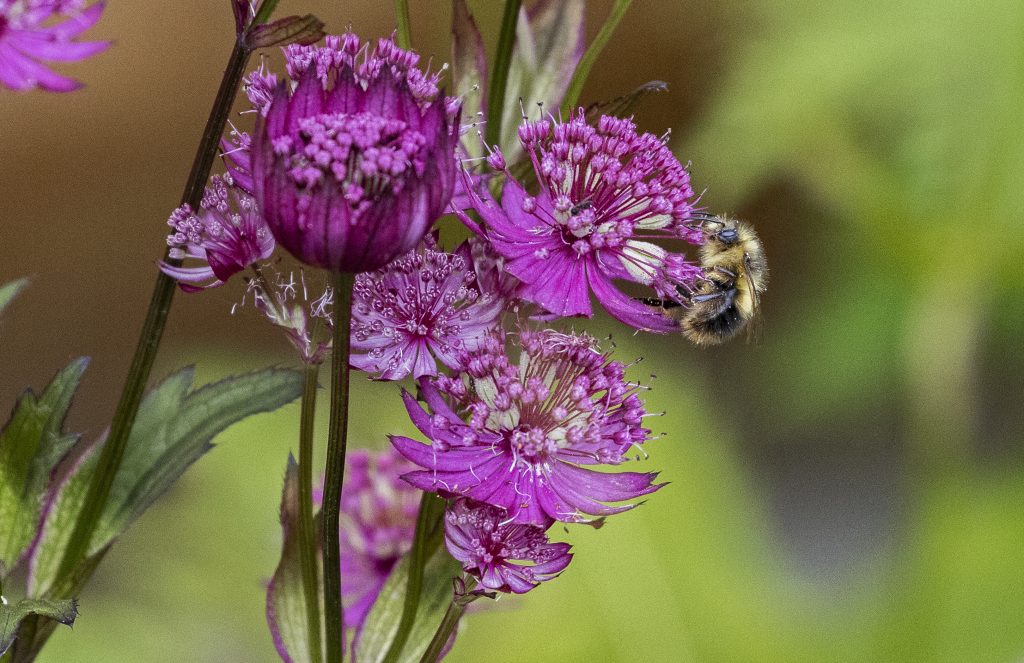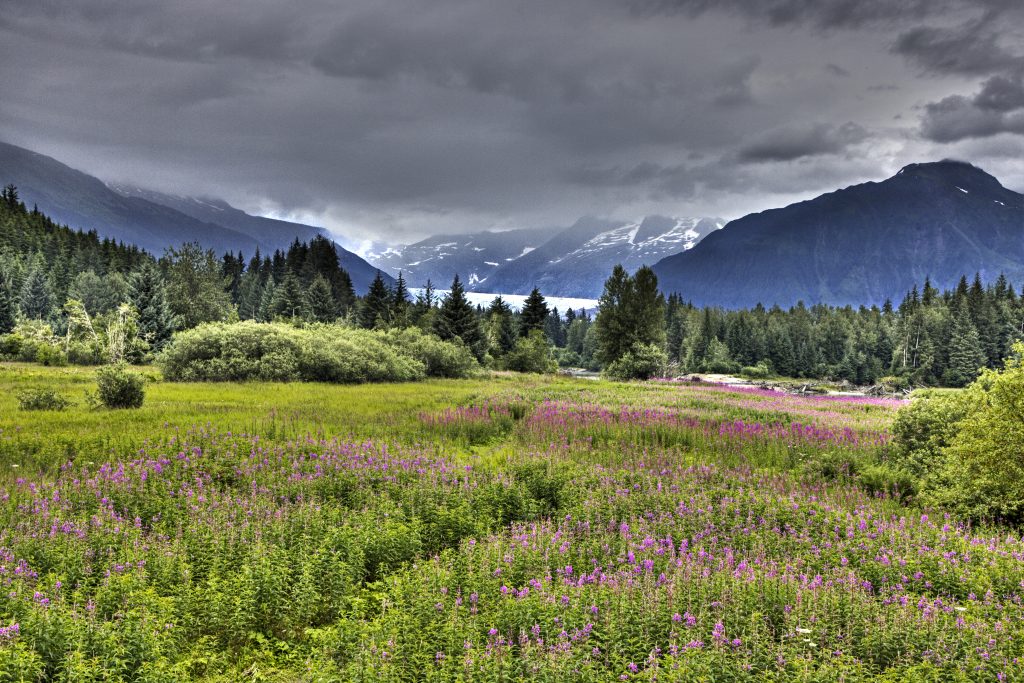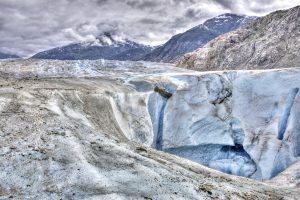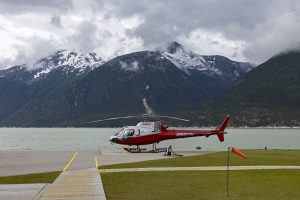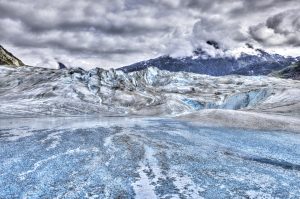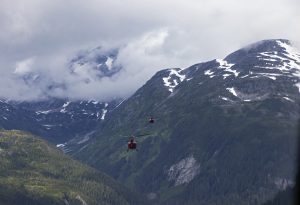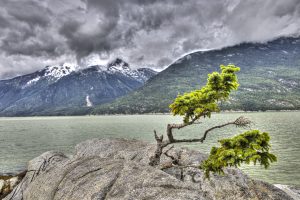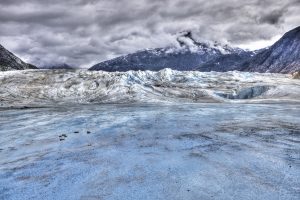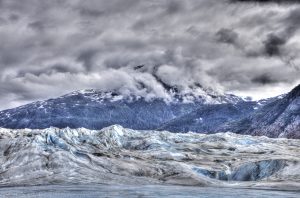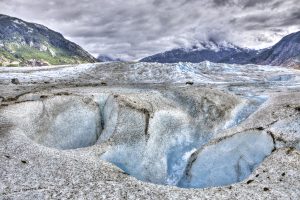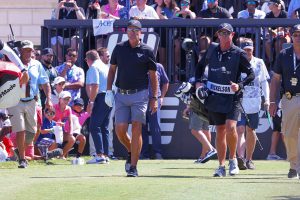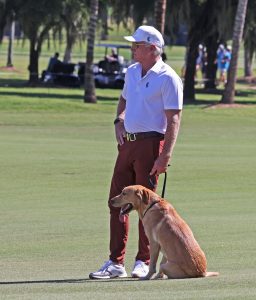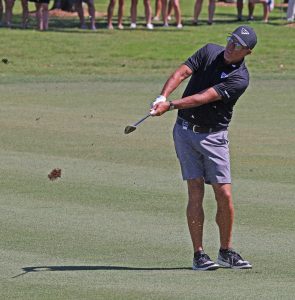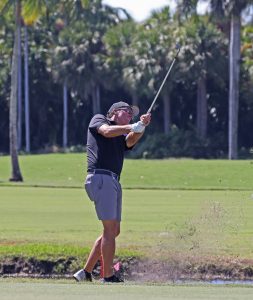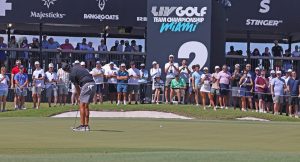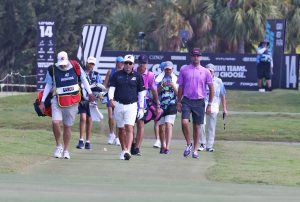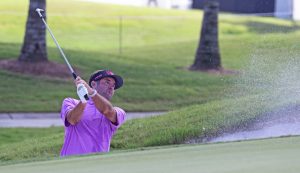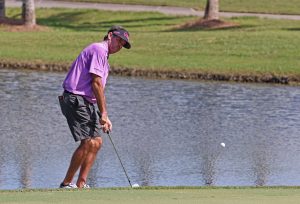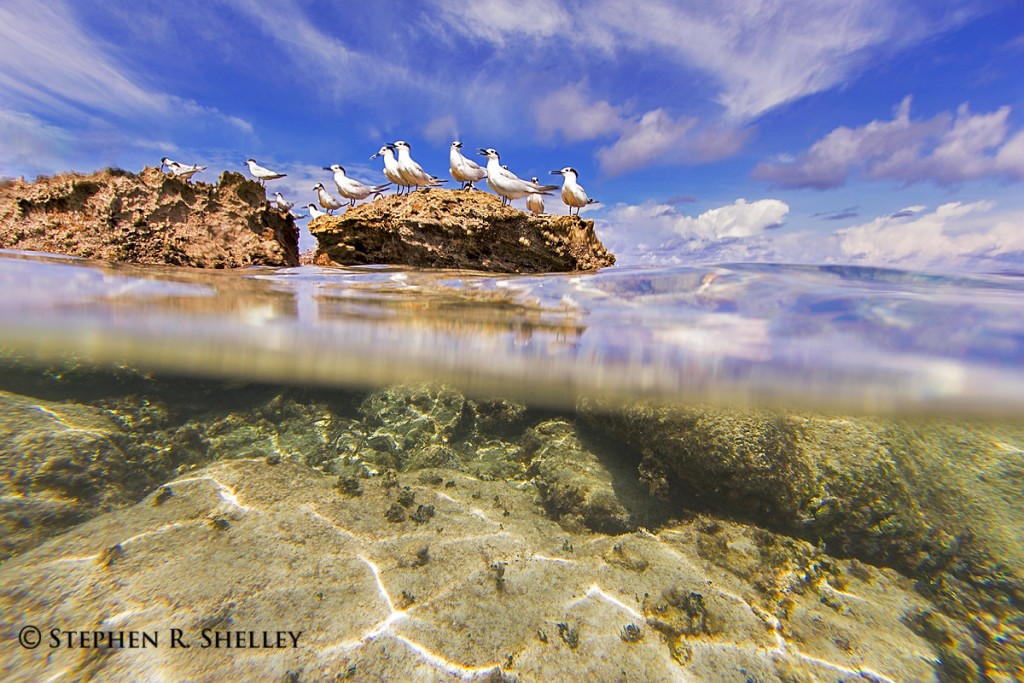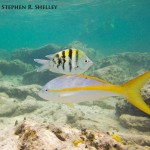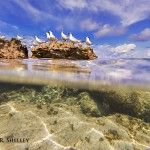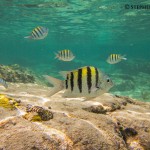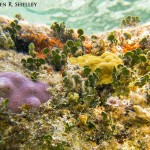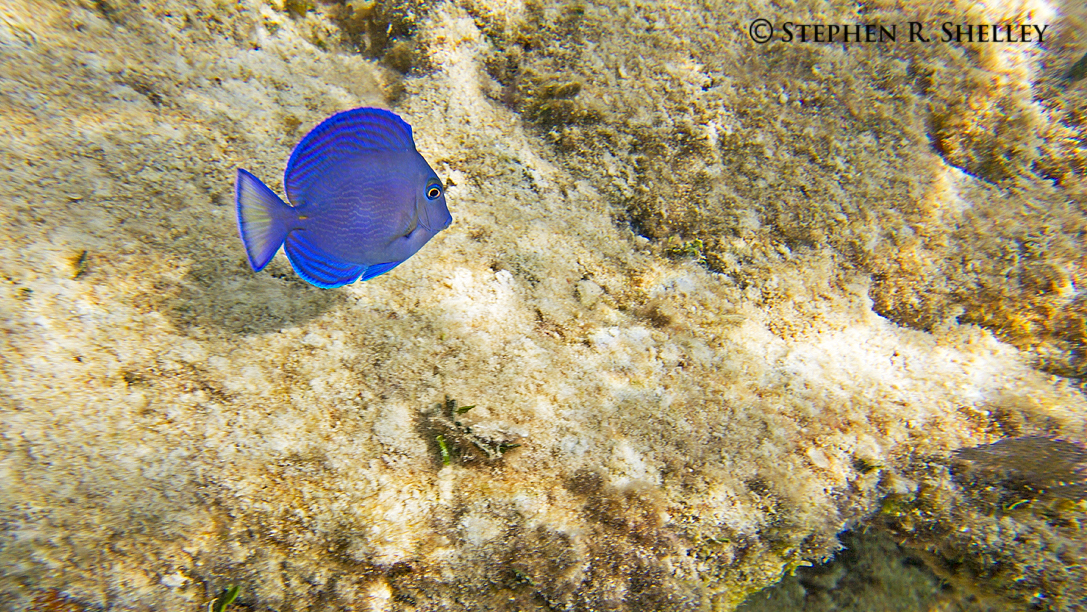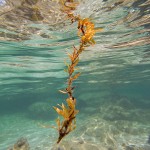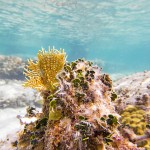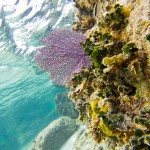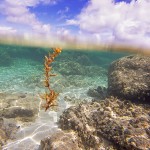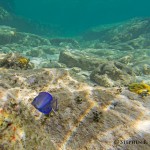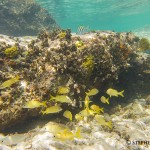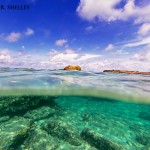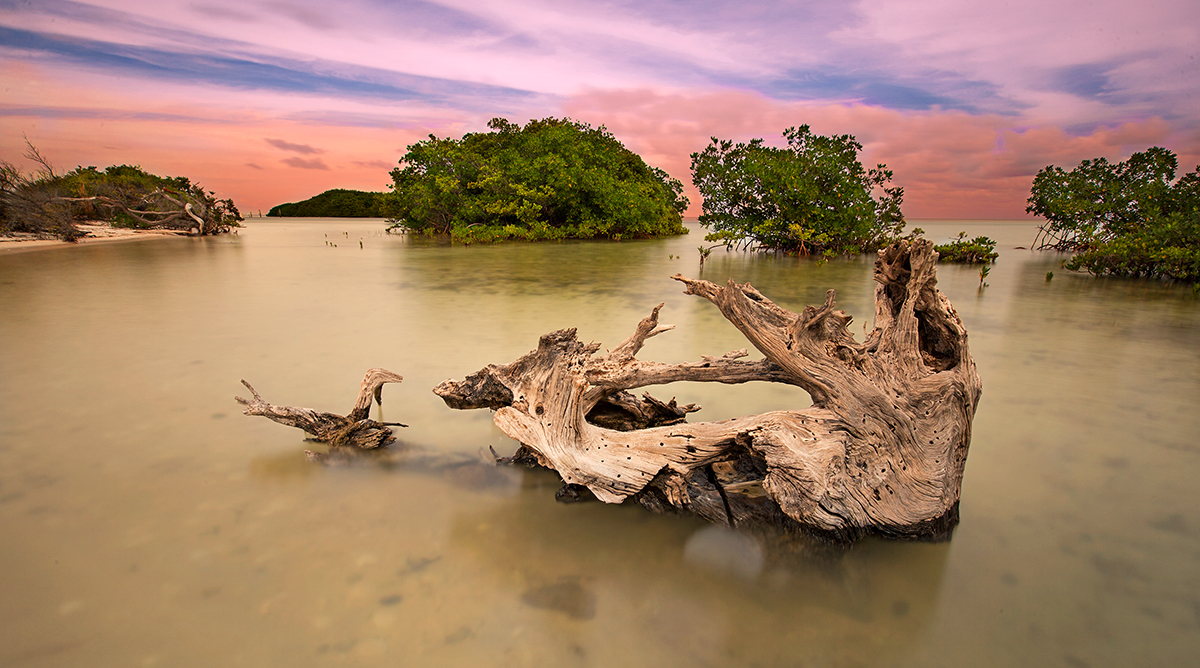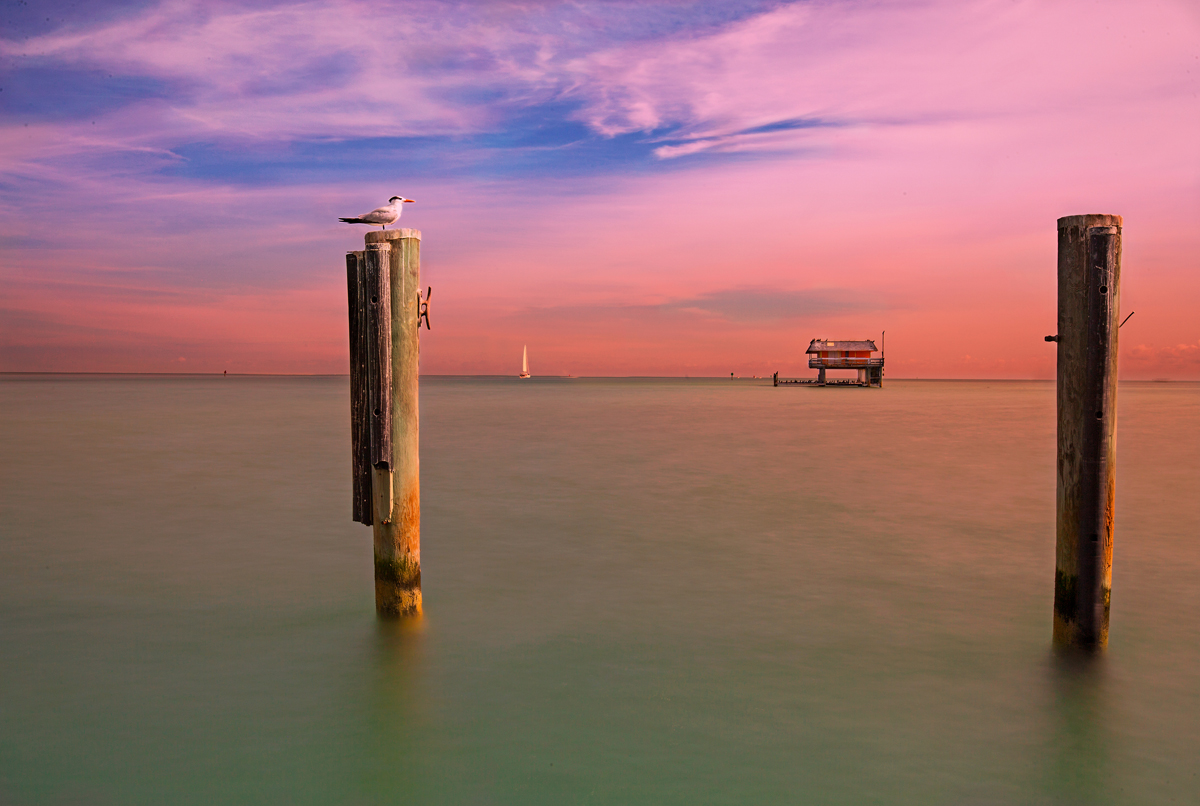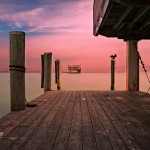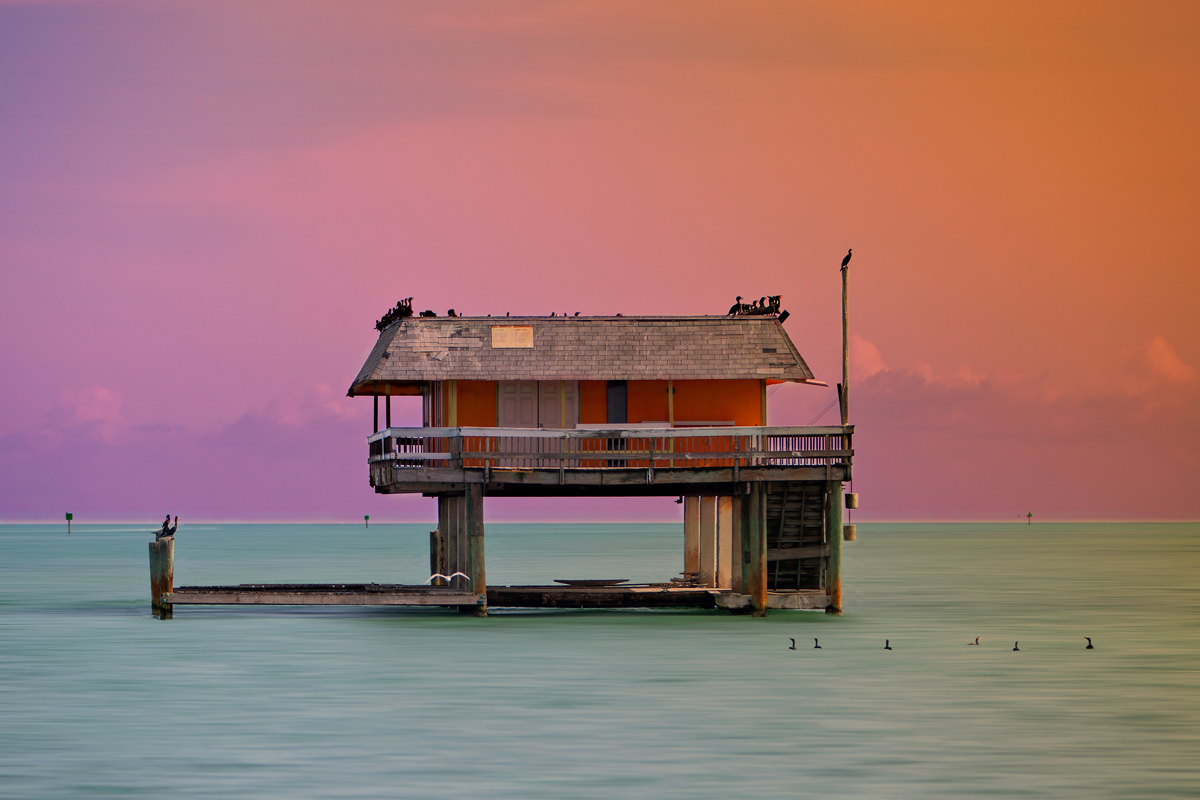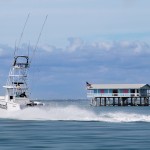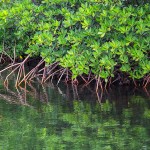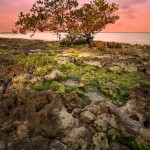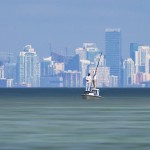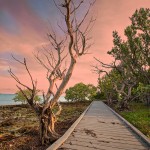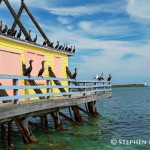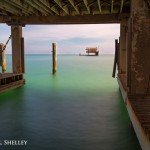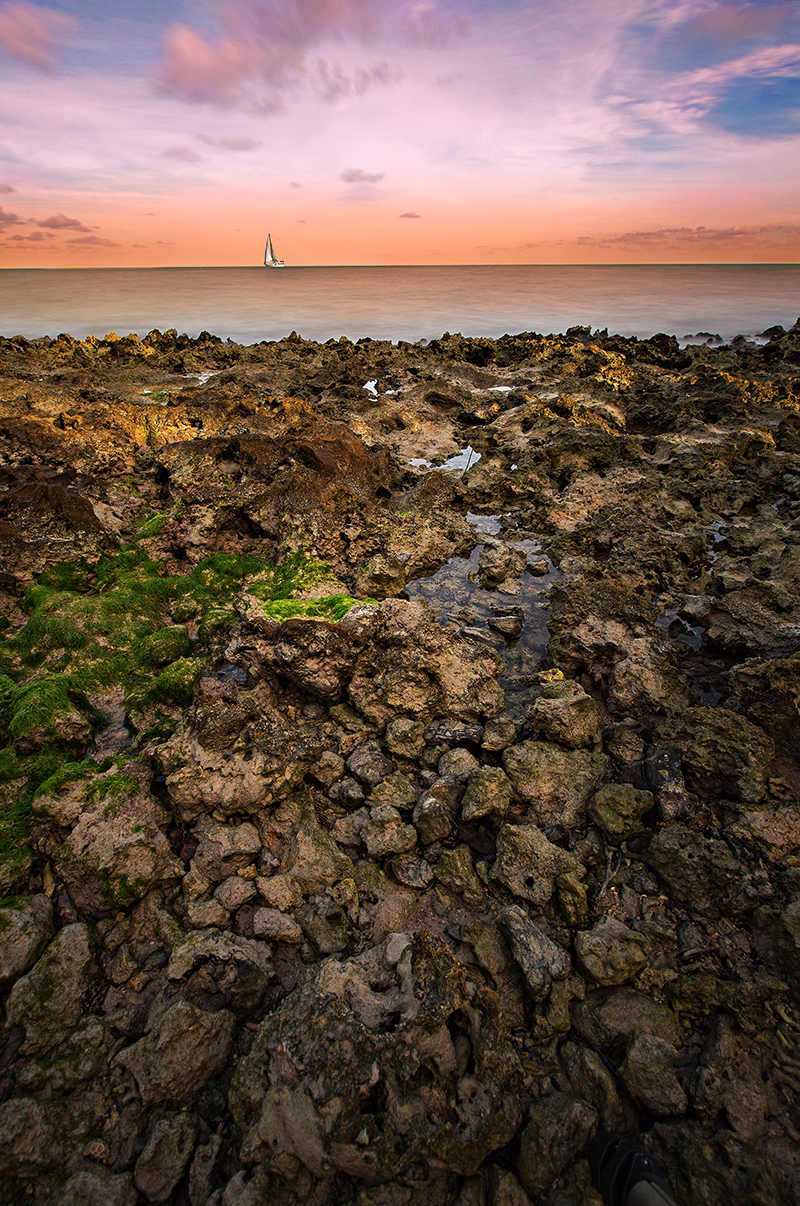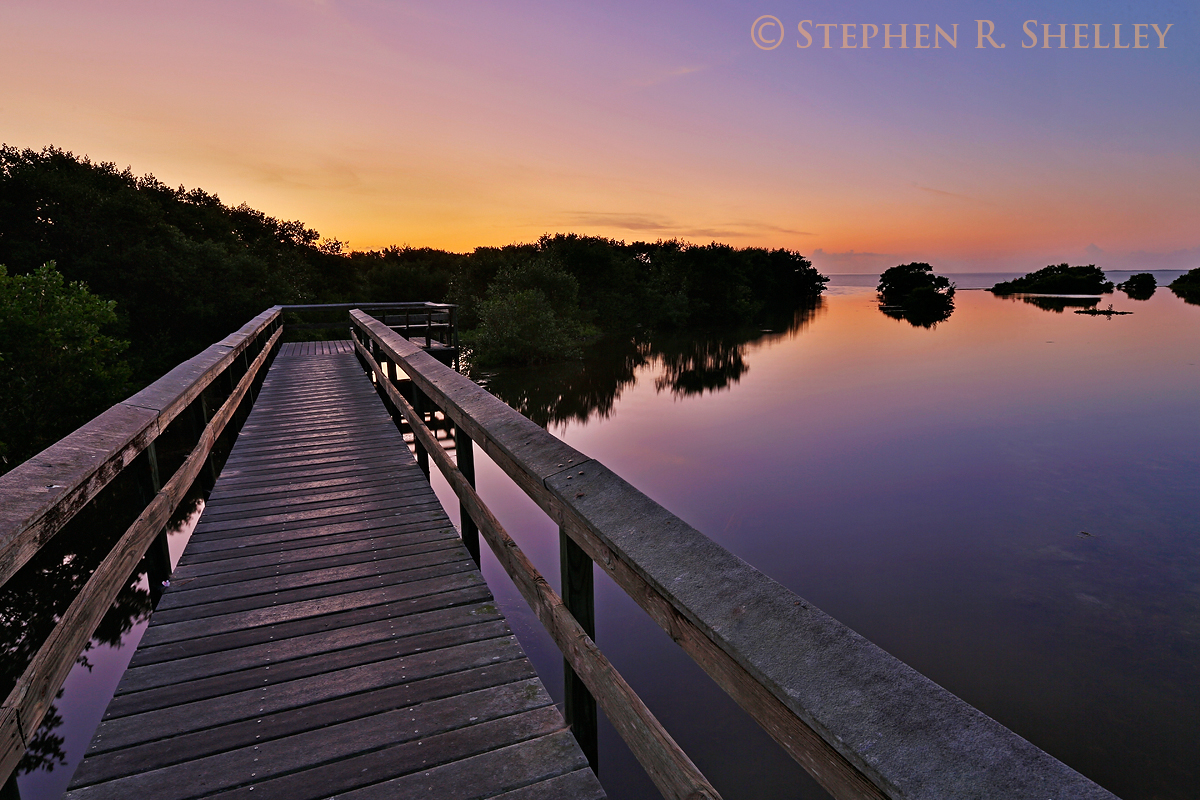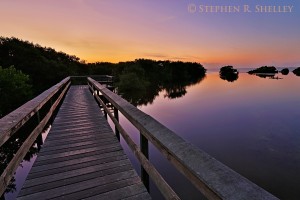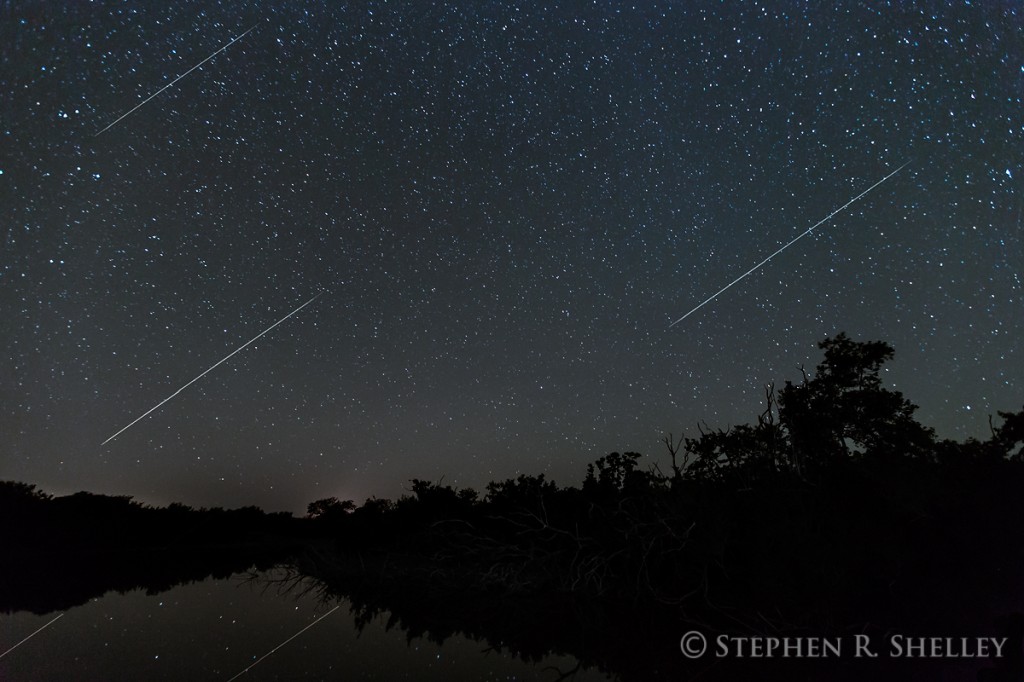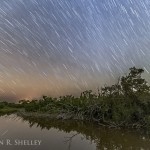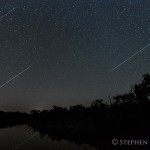This past weekend the 30th Annual Everglades Coalition Conference took place in the only Three Palm Designated Hotel in the Florida Keys, the Hilton Key Largo which overlooks Florida Bay. The theme of this year’s conference was Send It South: Water For America’s Everglades. 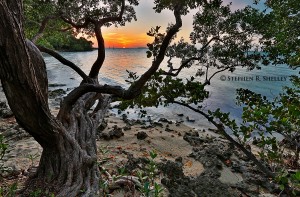
More than 300 people comprised of local state and federal elected officials, environmental advocacy groups, state and federal agencies, scientists, educators, media members, students and the general public came together this past weekend to work toward a common goal, restoration and preservation of the Everglades Ecosystem. The Everglades Coalition, who puts on the annual event, is an alliance of 57 local, state and national conservation and environmental organizations dedicated to full restoration of the Greater Everglades Ecosystem through advocacy, education, research and other efforts.
One of the highlights of this year’s conference was an appearance and keynote speech by United States Secretary of the Interior Sally Jewell. Prior to speaking at the conference, Secretary Jewell toured Florida Bay and Everglades National Park, including taking a slough slog through a cypress dome. Later that evening, Secretary Jewell acknowledged the determination and hard work of the Everglades Coalition and congratulated them on their many successes including bringing Everglades restoration and preservation initiatives to the fore front. Secretary Jewell went on to state that she would continue to be an advocate for restoration initiatives and that restoration of America’s Everglades is a top priority.
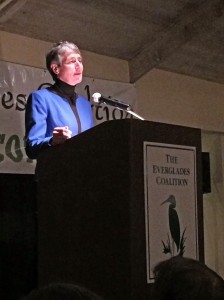 The location of the conference next to Florida Bay was fitting as many of the discussions centered on Florida Bay and how the condition of the plants and animals within it are key indicators of the health of the Everglades watershed. The consensus among experts is that more freshwater needs to be delivered into the surrounding tributaries north of Florida Bay in order to reach historical salinity levels and create an environment in which the fish, birds and plants can thrive. To effectuate this, water that is now being diverted east and west needs to be re-engineered to once again flow south.
The location of the conference next to Florida Bay was fitting as many of the discussions centered on Florida Bay and how the condition of the plants and animals within it are key indicators of the health of the Everglades watershed. The consensus among experts is that more freshwater needs to be delivered into the surrounding tributaries north of Florida Bay in order to reach historical salinity levels and create an environment in which the fish, birds and plants can thrive. To effectuate this, water that is now being diverted east and west needs to be re-engineered to once again flow south.
Presently, water that has historically flowed south to Everglades National Park and Florida Bay is instead now being diverted West to the Gulf of Mexico and East to the Atlantic Ocean through a series of canals. The diverted water contains high levels of nitrogen and other contaminants that are not given the opportunity to be filtered out through natural processes. The result is frequent toxic algae blooms that can decimate the plant and animal life it encounters. As a result, not only is Everglades National Park and Florida Bay being deprived of the water it needs, but the diverted water is now wreaking havoc on otherwise healthy ecosystems.
The good news for advocates is that most parties now seem to agree that the problem needs to be addressed however, a unified solution remains elusive. The main stumbling block is that the land necessary to restore clean natural water flow south from Lake Okeechobee is presently in the hands of private land owners. This land is needed to create water storage retention areas that can be used to naturally filter the contaminants from the water as well as give the Water Management Districts the tools they need to properly control the rate of flow during the rainy and dry seasons. Advocates for Everglades restoration hope that Amendment One (1), passed by 70% of Florida’s voters, will help provide a necessary state revenue source to purchase lands and fund water projects to send the water south.
While a solution is being devised, other projects are already moving forward further south to help increase the flow to Everglades National Park and Florida Bay and restore the Everglades Ecosystem. Most of these projects are 20 years in the making and have had to carefully balance the need for flood control for the heavily populated areas in South Florida with the need to restore the natural sheet flow of water through the Everglades. Some projects have been completed, such as the 1 mile bridge on Tamiami Trail, or are nearing completion like the Picayune Strand restoration and pump project, whereas others have stalled due to a lack of federal funding.
On this front, legislation has been filed by both the Federal House and Senate to expedite 1.9 billion in funding for restoration projects set forth in the Central Everglades Planning Project (CEPP), specifically those focused on moving the water south. The legislation has bi-partisan support but was not heard during the recent lame duck session. It is anticipated that action will be taken on the proposed legislation during the 114th Congress. 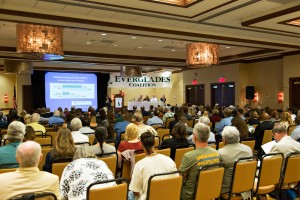
What does a restored Everglades mean to Florida and local communities? Traditionally, most arguments in favor of Everglades restoration have focused on environmental and scientific facts and figures. However, recently the argument for Everglades restoration has morphed into an discussion of economics and return on investment.
In 2011, Florida had 87.3 million visitors that generated 67 billion dollars and resulted in Florida being the number one (1) tourist destination in the world. The attraction for many of Florida’s visitors is its natural resources such as lakes, rivers, beaches, parks and forests. Fishing and related activities accounted for 80,200 jobs and 5 billion dollars in annual revenue. Photography, bird and animal watching activities generated more than 5.2 billion dollars. In 2011, Florida’s state parks had 21.1 million visitors, the Magic Kingdom in Orlando only had 18 million visitors. In 2013, Florida’s National Parks had 10.2 million visitors.
The argument for restoration economics is that without clean water and a healthy ecosystem there will not be any fish to catch, birds to watch or nature to enjoy. A depleted and unhealthy ecosystem will result in a huge negative economic impact to Florida’s economy and a loss of hundreds of thousands of jobs.
A recent study funded by the Everglades Foundation found that for every $1 invested in Everglades Restoration activities $4 will be generated in economic benefits or a 4 to 1 return on investment. It is estimated that a restored everglades will add an additional 46.5 billion dollars to the Florida economy over the next 50 years and create an additional 440,000 jobs.
Everglades restoration and activities related thereto have the potential to create huge economic benefits to those communities ready to embrace the environment around them. By branding themselves as the “Gateway to Everglades and Biscayne National Parks” and building a partnership with their neighboring national parks, the City of Homestead has already positioned itself to not only advocate for its neighbors but to also benefit economically.
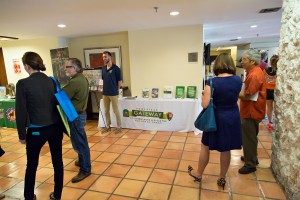 The Homestead National Parks Trolley has already generated economic benefits to Historic Downtown Homestead by hosting more than 5,000 riders during last year’s shortened trolley season. Additional projects already in the works, such as the Biscayne/Everglades Greenway, look to further solidify the City’s partnerships and create additional economic benefits to both the City and the National Parks.
The Homestead National Parks Trolley has already generated economic benefits to Historic Downtown Homestead by hosting more than 5,000 riders during last year’s shortened trolley season. Additional projects already in the works, such as the Biscayne/Everglades Greenway, look to further solidify the City’s partnerships and create additional economic benefits to both the City and the National Parks.
Moreover, the City of Homestead’s connections with Everglades and Biscayne National Parks have created positive news media coverage both locally and nationally, providing invaluable marketing dollars to the City of Homestead. The most recent national media coverage centered on the release of the Everglades Quarter this past December and the Homestead National Parks Trolley’s participation in NASCAR this past November.
A restored Everglades benefits all; the wildlife, residents, local communities and the economy of the State of Florida.
